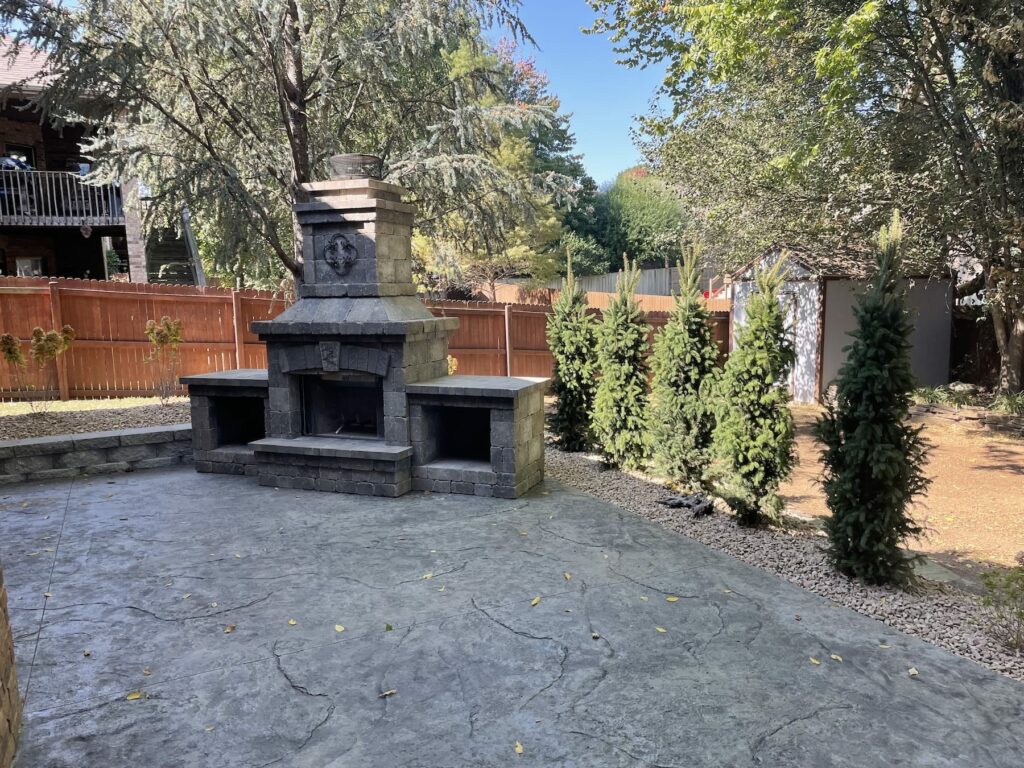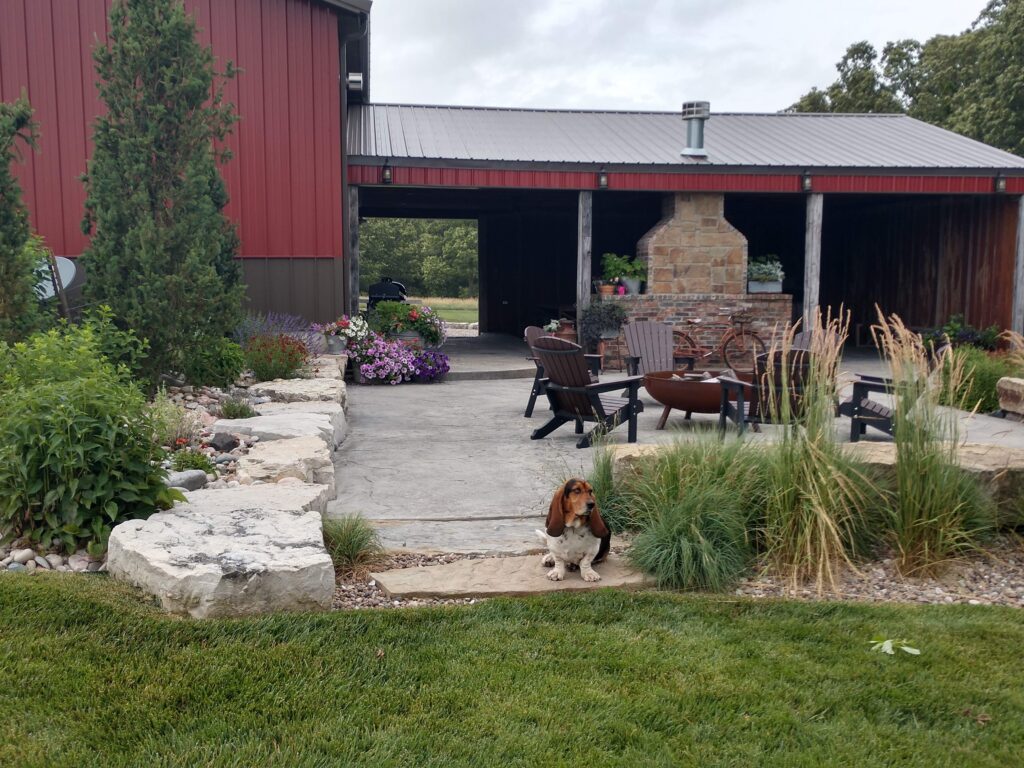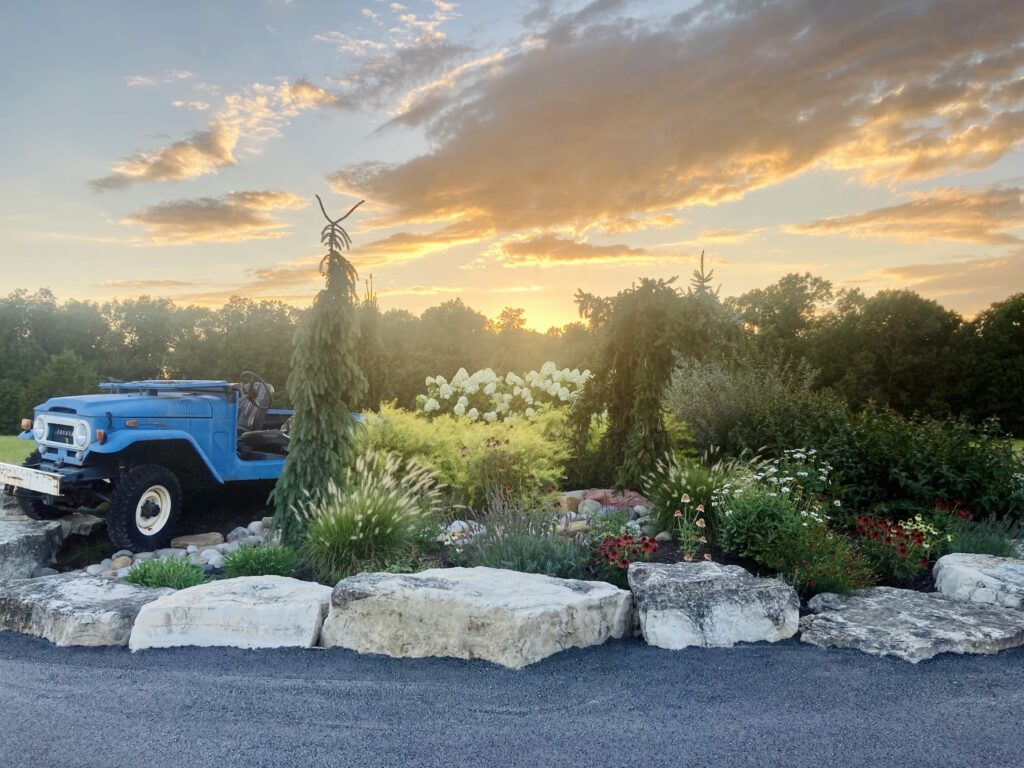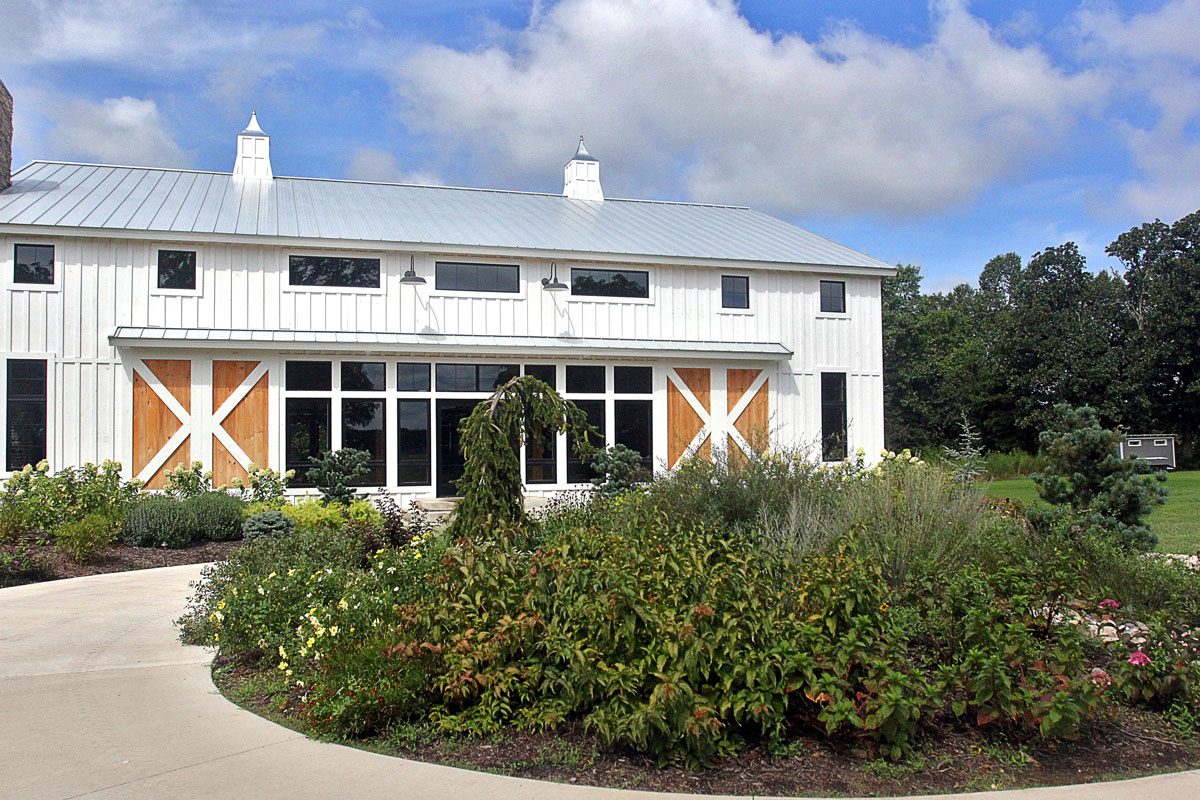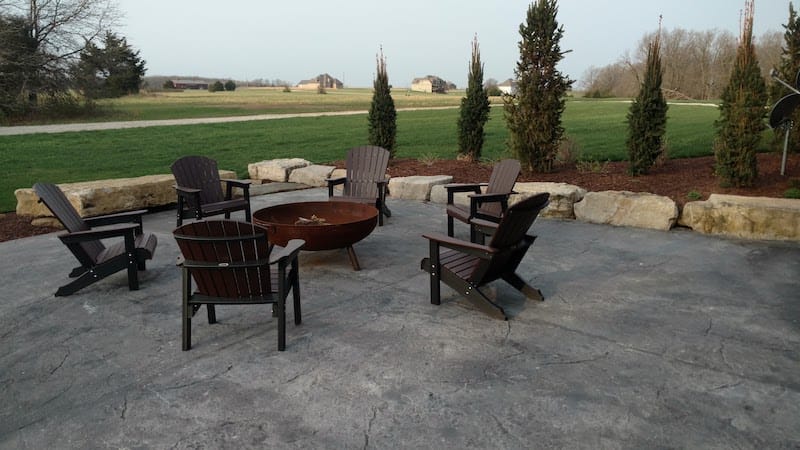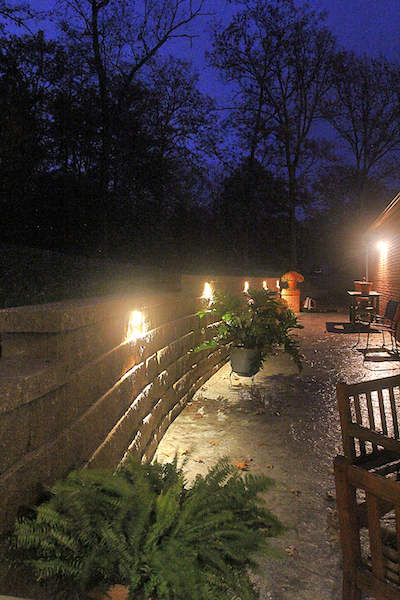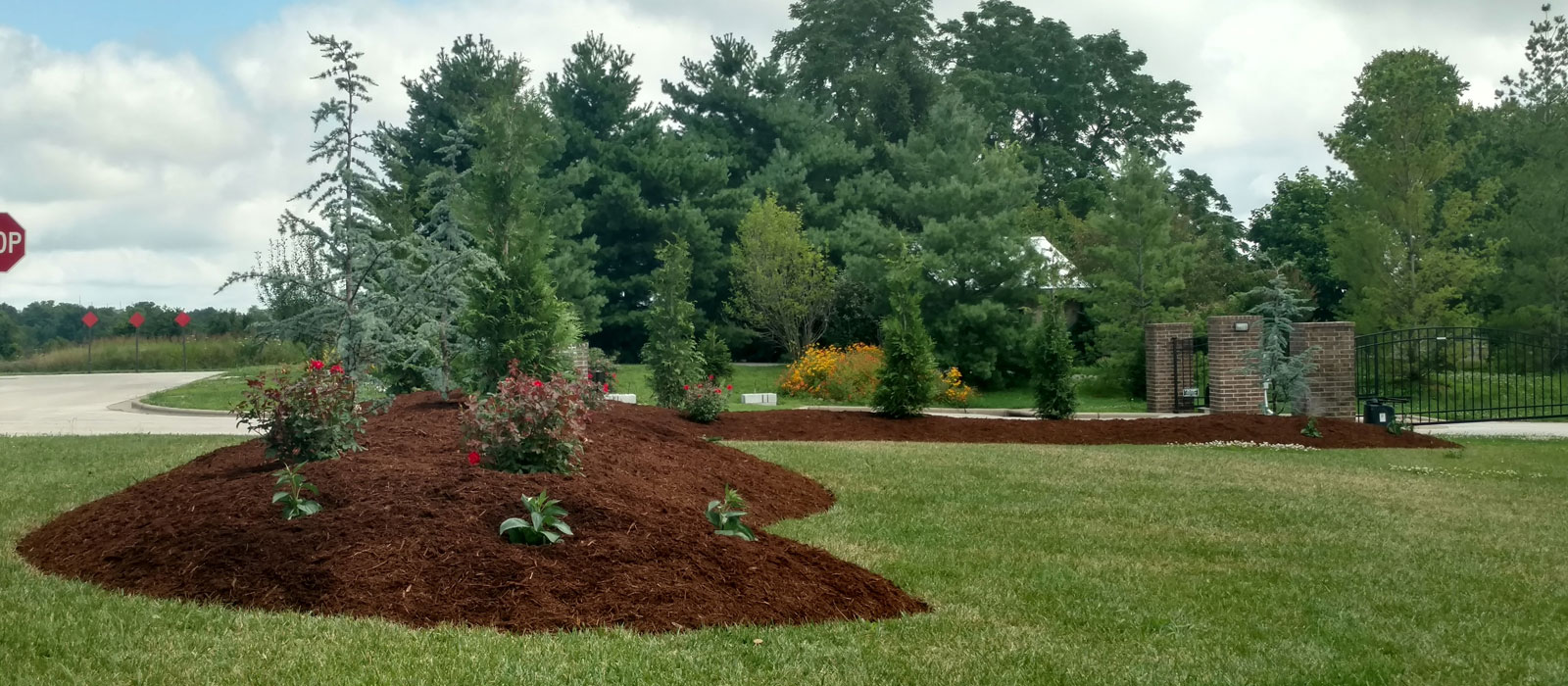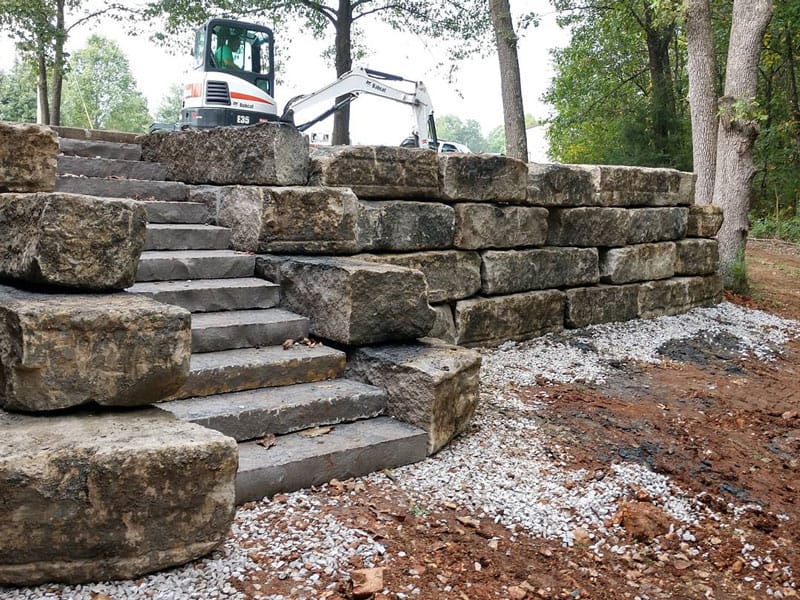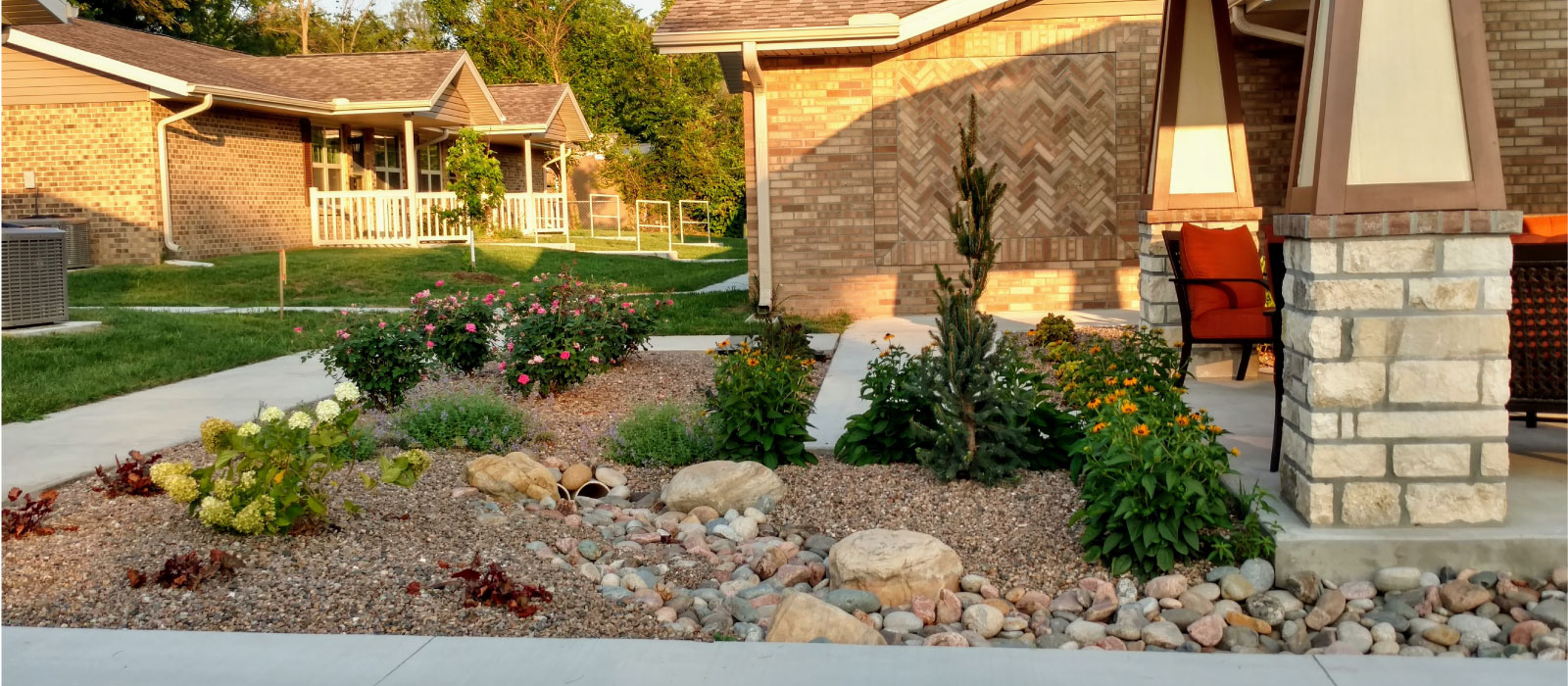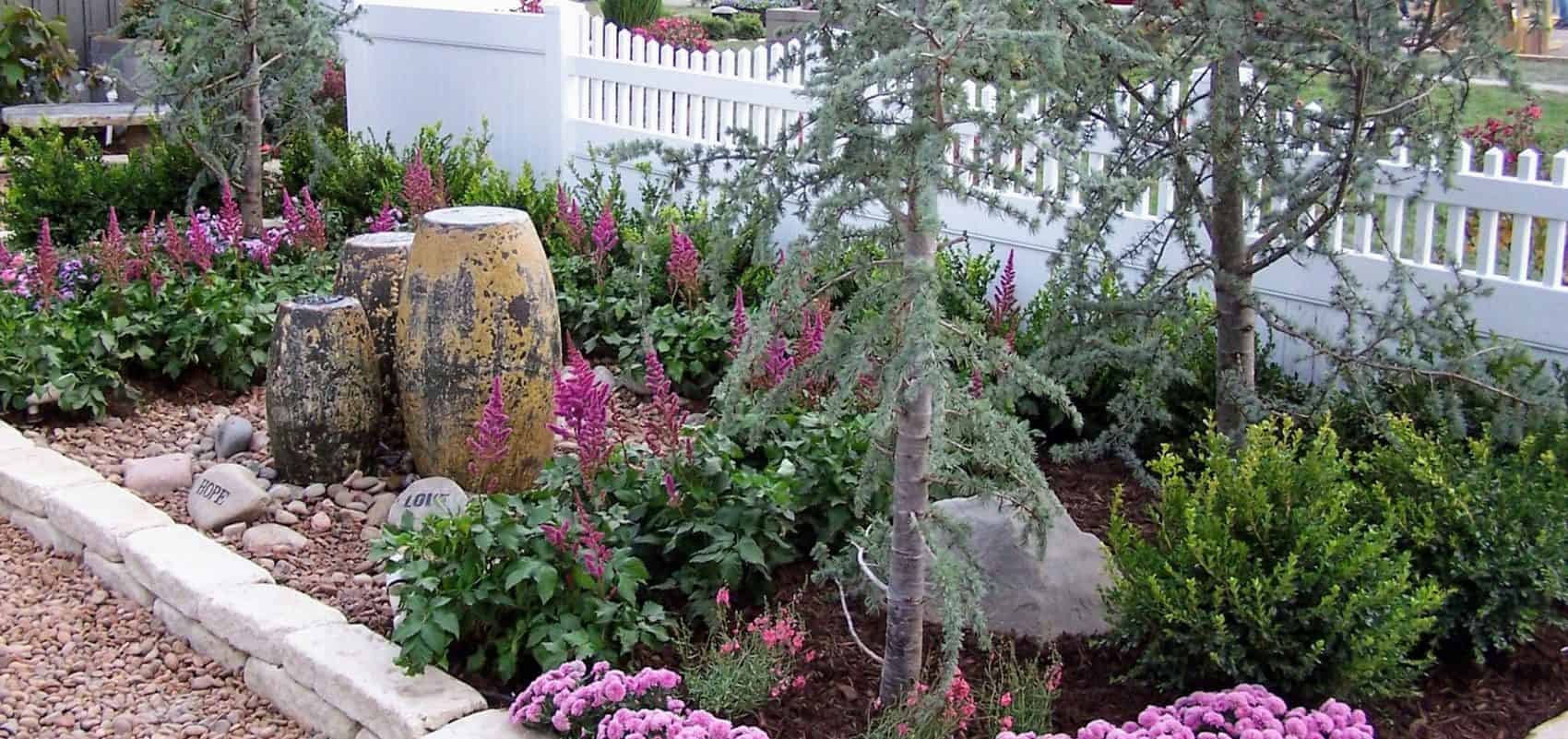Here in southwest Missouri, we live in the Transition Zone. This is a zone that encompasses many states, located roughly in the center of the United States. Of course, it includes Springfield, Marshfield, Ozark, Nixa, and Lebanon, MO. This area receives a wide variety of weather: high heat, drought, humidity, heavy rains, and freezing temperatures. Due to these conditions, there are many challenges in maintaining healthy grass.
Also, in southwest Missouri we encounter our own regional challenges, including poor soil, rocky soil, soil pH, insects, fungus, plant viruses and pathogens. A complete lawn care program will tackle all these problems and then some.
The purpose of our Lawncare Fertilizing Program is to provide the essential nutrients for your turf to achieve optimal health, growth, color, weed control and performance.
Our program consists of 6 steps within a calendar year. Each step is designed to provide the essential nutrients for that specific time of year. There are many factors that play into which ratio of macronutrients will be applied. The 3 most important will be N-Nitrogen, P-Phosphorus and K-Potassium. These essentials are needed at different ratios throughout the year, based on the type of grass you have (i.e., fescue, bluegrass, zoysia, Bermuda grass, etc.).
Micronutrients are addressed as well. These include iron, manganese, lime, acid, etc.
Soil Test
This is one of the most important tools that we use to find out what your soil can or cannot provide for your grass. This test provides an analysis for pH, organic load, macronutrients, and micronutrients. In essence, it is the ‘blood test’ for your grass. The results tell us exactly which nutrients are needed and how much. This can save the homeowner time and money to achieve optimal results. Available upon request.
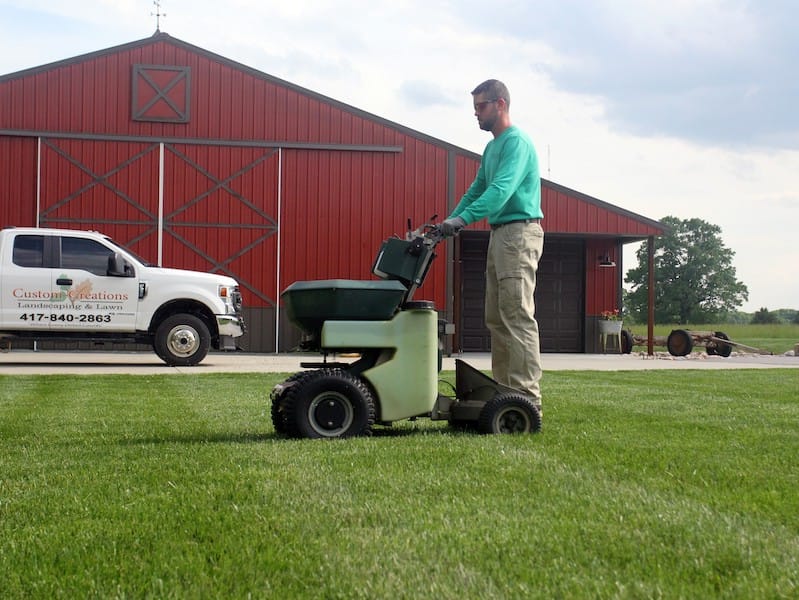
Fertilizer Applications
- Early Spring Fertilizer & Crabgrass Preventer (Feb.-March): Fertilizer plus pre-emergent. Designed to prevent annual grassy weeds (crabgrass/foxtail), to provide nutrients for your lawn to recover from winter damage, and to help begin quick growth and thickening. As day length increases, grasses are one of the earliest plants to break dormancy and quickly green up. Because of this early green up, the proper nutrients need to be in place for quick uptake.
- Late Spring Fertilizer & Crabgrass Preventer (April-May): Fertilizer plus 2nd pre-emergent. Designed to apply a second blanket of pre-emergent for annual grassy weeds. Grassy weeds produce a lot of seed and are a tough species in general. Due to their viability and tough growth habit, a timely and thorough pre-emergent is required. This second wave of fertilizer helps continue root development and growth to prepare the lawn for upcoming summer stress.
- Season-long Grub Control (June-July): This is a granular application that will act as a preventative for damaging grubs. Not all grubs in the soil are damaging, but the most common damaging species are the Masked Chafer Grub and Japanese Beetle. This application is designed to be applied ahead of the larval stages to disrupt the life cycle and PREVENT future damage. Post control can be achieved by applying an insecticide that will kill the grub on contact, but by that stage much of the grass will not regenerate and seeding will have to be utilized to re-establish the lawn.
- Summer Fertilizer (June-July): This fertilizer is specially formulated with a slow-release coating. This slow release helps deliver small amounts of nutrients over the summer so there is no burn or damage. Summer stress can cause a lot of damage or even total death of your grass; this fertilizer will help the grass return from its dormant state once it receives rain/irrigation. Grass will recover from excessive heat and drought if the root system has the proper stored nutrients to draw from.
Note: The Summer Fertilizer and Season-long Grub Control are applied as one application due to the pesticide being impregnated into the fertilizer.
- Fall Recovery Fertilizer (Sept.-Oct.): This fertilizer is a higher analysis designed to help the grass recover from the summer stress. The grass at this time of year is rebuilding and regenerating. The cooler temperatures and increased rainfall, coupled with the proper fertilizer, provide the necessary requirements for the grass to thicken, regain color, and enhance performance.
- Winter Root Feeding (Dec.-Jan.): The MOST important fertilizer application. This is a urea-based fertilizer that will be converted in the soil by nitrifying bacteria, which is then made into a form that plants will absorb. This allows the plant’s roots to grow and develop, which delivers the BEST color and growth in the following spring.
Fungicide Application
There are several lawn diseases in Southwest Missouri that can wreak havoc on your yard. They include Dollar Spot, Brown Patch, Summer Patch, Leaf Spot, Mildew and Blight. Fungicide is best applied three times per year to be most effective against these issues.
- Early Summer Application (May-June)
- Mid-Summer (June-July)
- Late Summer (July-August)
If you’re interested in the details of fungus symptoms and prevention, read the Fungus page.
Grass Seeding
The process of mechanically working grass seed into the soil. This process is achieved by different types of equipment, based on the area size, soil conditions and seed type.
Not all grass seed is the same. We use the highest-grade premium seed (usually a Gold and Blue Tag). This premium seed has zero percent weed seed and a high germination rate. Grass seed is graded based on the percentage of weed seed, other (which will contain other seed that is not grass), germination rate, moisture content, etc. We use this premium seed for multiple reasons: dark green color, thin blade, performance, and texture. We also use this seed because it will not add weeds to the new lawn.
The BEST time for seeding is August through early October. We use this time frame for the following reasons:
- Temperatures are beginning to cool, which is less stressful on grass seedlings for germination, development, and establishment.
- We typically receive more rainfall to help with the germination and growth process.
- Seeding in fall allows the grass plenty of time to establish itself before entering the next year’s stressful summer months. Did you know it takes 6 months for grass to mature and develop a strong root system? In fact, a single grass seedling spike will mature to the size of your fist.
- The new grass can rest over winter but continue good root development in preparation for spring growth.
To read more details about the methods of seeding we use, we have a whole guide on our Grass Seeding Methods page.
Lawn Aeration
Aerating an existing lawn brings many benefits:
- De-compacting the soil profile. After years of mowing, whether it is with a lawn tractor, zero-turn or push mower, the soil becomes more and more compacted. This compaction makes it difficult for the roots to take in water or allow proper gas exchange with the atmosphere. Compaction also restricts root development and expansion.
- De-thatching the root zone. This helps break up the buildup of organic matter and aid in decomposition. This in turn allows the grass to breathe by providing more air circulation and open spaces for expansion of new grass. It also reduces fungus and pathogens.
Soil plugs that are pulled up will be laid out on top of the lawn. These little clods will break down and disappear into the grass after a few weeks. This is also a time that a customer may want to spread grass seed over the lawn to help thicken and fill in gaps.
Lime and acid
These are micronutrients that are essential for the performance and health of the grass. To determine if one or the other is needed, a soil test needs to be conducted. Based on the test results, the appropriate micronutrient will be recommended and at what rate it should be applied. This additive will directly affect the pH of the soil, thus helping the grass to fully utilize the fertilizer. Added benefits include dark green color, thicker growth, and reduced stress in times of drought, extreme temperatures, pests, and fungus.
Iron
Another micronutrient that is important for grass. This nutrient helps the grass make chlorophyll and develop the dark green color in the leaf blades. An iron application will dramatically increase the color of the lawn and overall health. The iron is metabolized by the grass and will last about one month. If a customer needs to improve the overall color of the lawn very quickly, then an iron treatment is key.
A quality lawn care program will make all the difference in a successful lawn. This will ensure that over time the grass will perform at its optimum level and help increase the longevity and sustainability of your lawn – which in turn will add to the overall property value.
Utilize your local professionals at Grass Roots Garden Center as well as Custom Creations Landscaping & Lawn to help you tackle these challenges head on. We look forward to working with you and answering any questions you may have.
Request Your Fertilization Estimate
Leave your info and we’ll be in touch within the next few days to provide you with a quote.


